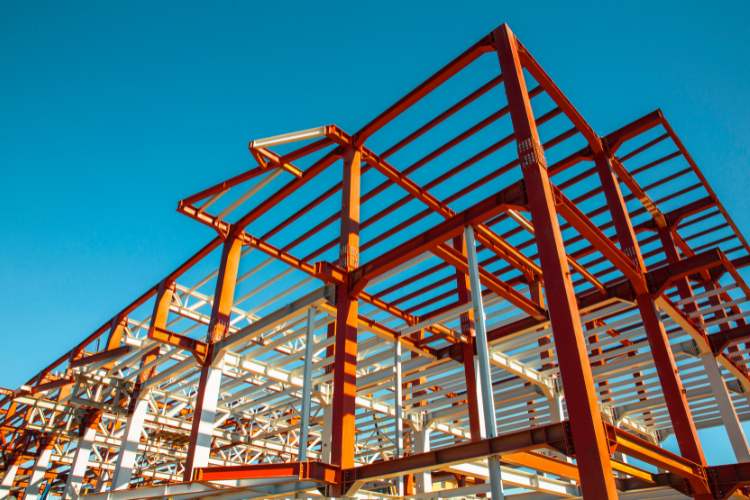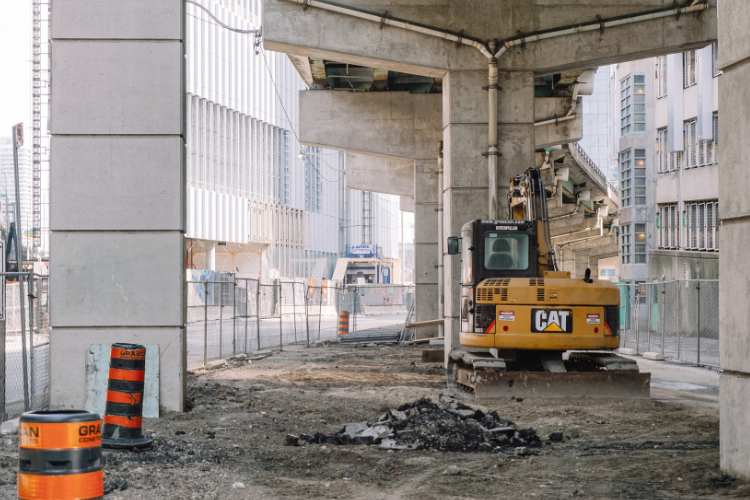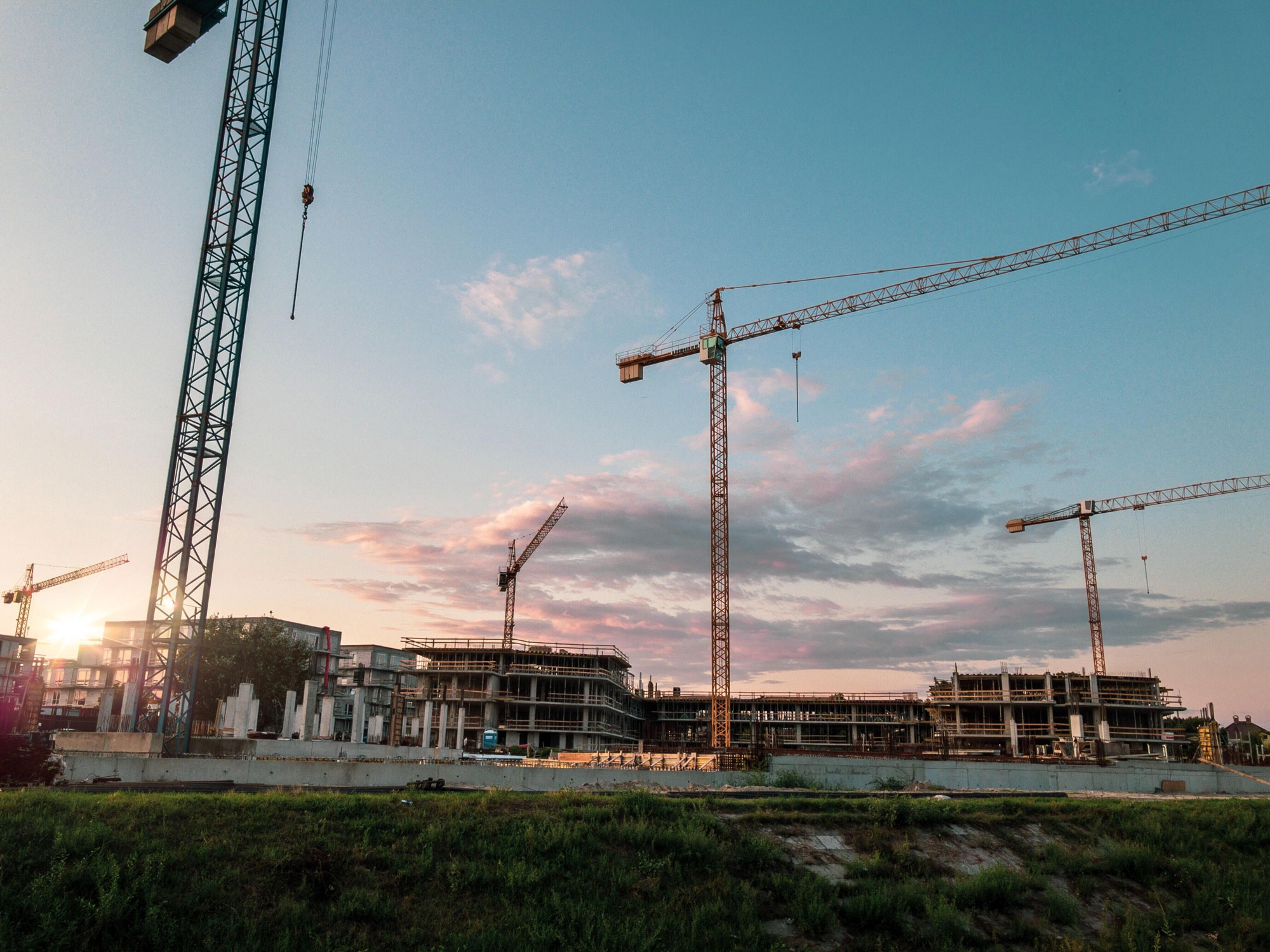Prefabrication is one of the most important and fastest-growing trends in the construction industry. It involves the manufacturing of building components off-site, usually in a factory setting, and then assembling them on-site. Prefabricated components are often made from standardized parts that can be assembled quickly and easily. This makes prefabrication an attractive option for construction projects of all sizes, including both residential and commercial properties.
In this blog post, we will explore the basics of prefabrication, from its origins to how it is used in construction projects today. We will also discuss the benefits of prefabrication and how it fits into other current trends in construction.
Table of Contents
What Is Prefabrication?
Prefabrication is the manufacturing of buildings or their components in a factory setting, away from the final construction site. While prefabrication was once limited to small-scale applications, it is now used in construction projects of all sizes.
Prefabricated components can be made from a variety of materials, including wood, steel, aluminum, and concrete. They can be factory-assembled into larger modules or shipped to the construction site pre-assembled.
History of Prefabrication
Prefabrication has been around for centuries, but it was first used extensively in the construction industry during the Industrial Revolution. Prefabricated components were initially made from cast iron and then later from steel. These components were mass-produced in factories and then shipped to construction sites to be assembled into larger structures.
Some notable examples of prefabricated projects include the Eiffel Tower, which was built using prefabricated iron components, and the Empire State Building, which was built in part using prefabricated steel components. Prefabrication continued to be used extensively throughout the 20th century in a variety of construction projects.
How Is Prefabrication Used in Construction?
Today, prefabrication is still used to mass-produce building components, but the materials and methods have evolved. Prefabricated components are now made from a variety of materials, including wood, concrete, glass, and plastic.
Prefabrication is most commonly used in the construction of large commercial buildings, such as office towers and shopping malls. But it is also increasingly used in the construction of smaller structures, such as single-family homes and apartment buildings. Prefabricated components are used in all parts of construction, from the foundation to the roof.
Benefits of Prefabrication
There are many benefits to using prefabricated components in construction, including:
Increased efficiency
Prefabrication is a more efficient way to build because it minimizes the amount of time and labor required on-site. This is because the majority of the work is done in a factory, where it can be completed more quickly and with increased accuracy.
Reduced waste
Prefabrication reduces waste because the components are made to precise specifications. In addition, there is less potential for errors and incidental damage, which can further reduce material waste.
Improved safety
Prefabrication can improve safety on construction sites. There is less exposure to dangerous conditions, such as bad weather and heavy traffic. There is also less chance of on-site accidents, such as falls and electrical shocks.
Consistency and quality control
Prefabricated components are more consistent in terms of quality, using the same materials and methods each time.
Scheduling flexibility
Prefabrication offers scheduling flexibility. Because prefabricated components can be made in advance, they can be delivered to the construction site as needed. This allows construction to proceed even if the weather is bad or there are other delays.
Cost savings
Prefabrication can also save money by reducing the overall cost of a construction project. The increased efficiency and reduced waste result in lower labor and material costs. And because prefabricated components are often of higher quality, they can also reduce maintenance and repair costs over time.
Prefabrication Within Other Construction Trends
With many clear benefits, prefabrication has also influenced other important trends in construction, including green building, modular construction, and mass timber construction.
Green building
Green building is a trend that emphasizes the use of environmentally friendly materials and construction methods. Prefabrication is often used in green building projects because it minimizes waste and can help to reduce the overall environmental impact of a construction project.
Modular construction
Modular construction is a type of prefabrication in which individual modules or sections are built in a factory and then transported to the job site to be assembled into a larger structure. Modular construction is becoming increasingly popular because it is more efficient and sustainable than traditional construction methods.
Mass timber construction
Mass timber construction is a trend that is gaining popularity in North America and Europe. In mass timber construction, prefabricated wood components are used to construct the frame of a building. This type of construction is more efficient and sustainable than traditional methods, and it can also help create a more comfortable and healthy indoor environment.
Prefabrication is a trend that is shaping the future of the construction industry. Prefabricated components are more efficient to produce, transport, and install, and they can help reduce waste and improve safety on construction sites. Even as construction methods continue to evolve, prefabrication is sure to have a major impact on the industry well into the future.








